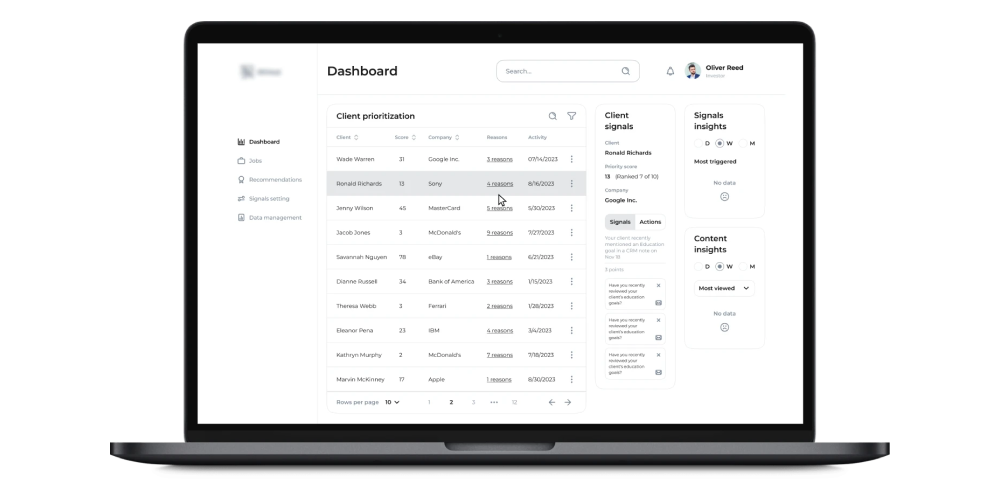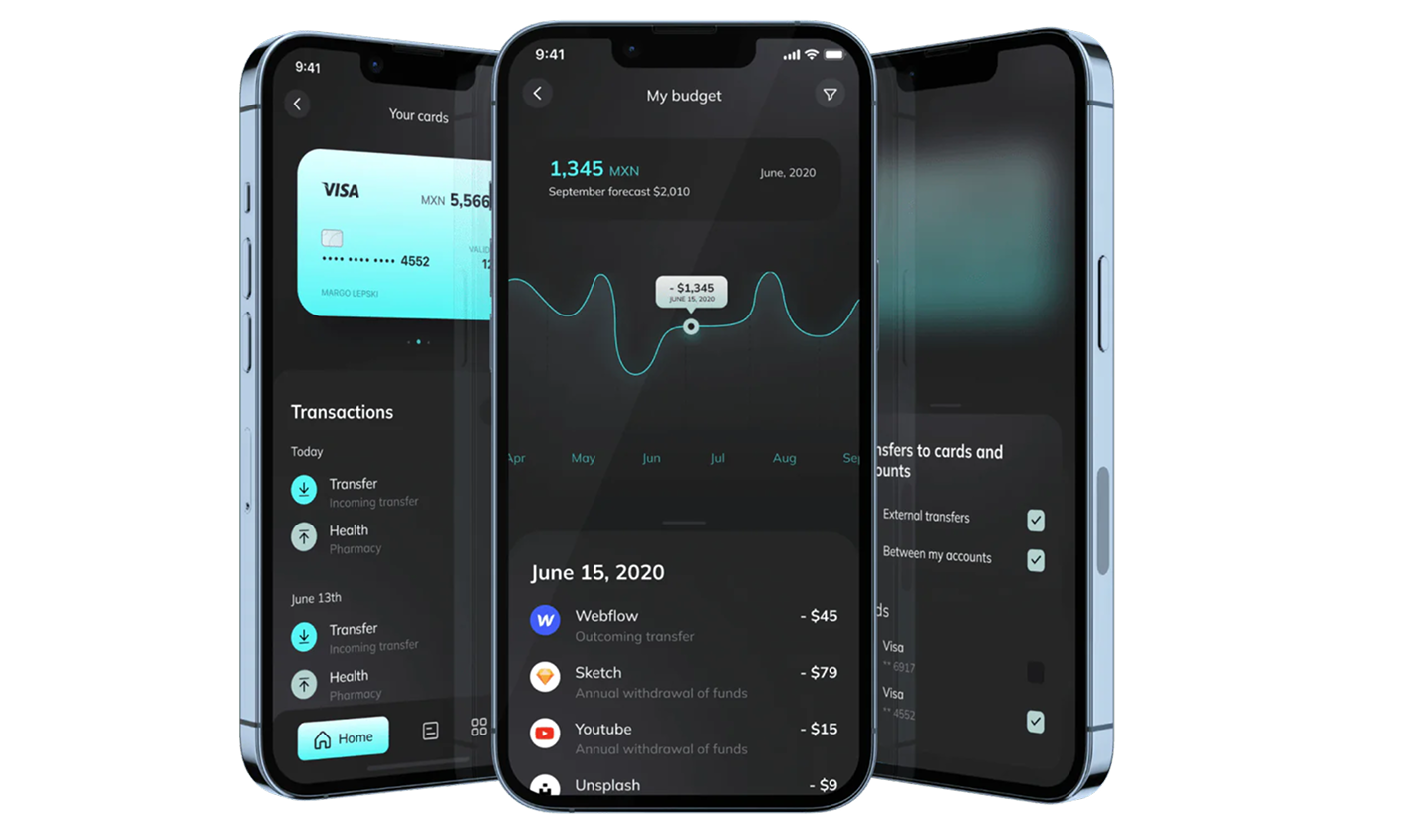Patient-centric Unified EHR/EMR Platform
Patient-centric, AI-based, health record exchange platform that connects to a hospital’s patient management systems, and assembles and securely stores users’ health data. This platform allows patients to own their personal health data and share their information with other healthcare organizations should they choose to.

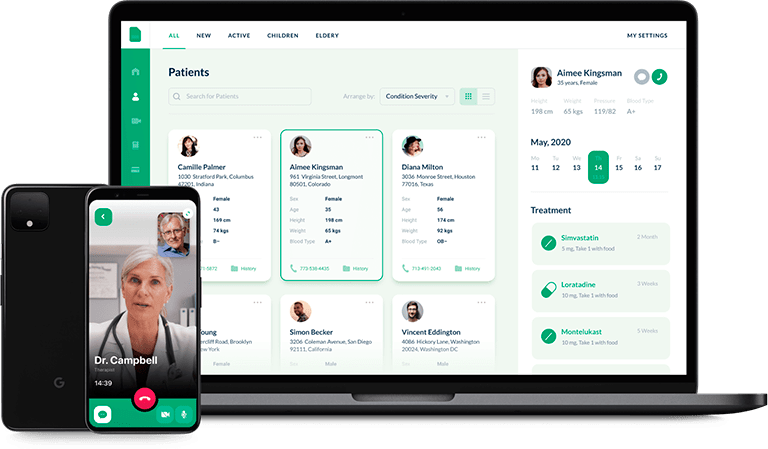

About the Client
The client is a successful American entrepreneur who wanted to disrupt the US healthcare services industry by introducing a unified health record system, wherein patients possess their own health data.
Project Background
Typically, health records in legacy systems are siloed and stored within a single medical institution. Healthcare institutions must adhere to the same FHIR protocol, but due to its abstract nature, they each interpret the standard slightly differently. This consequently hinders seamless and instantaneous data transitions between hospitals. Meanwhile, patients have no control over these transitions and their own health data. Often, when a patient relocates or changes healthcare providers, their information regarding previous examinations, test results, treatment plans, and efficacy data are lost. In these cases, patients may have to undergo the same tests and checkups again, which can not only cause unnecessary delays and costs, but also additional health risks (e.g., repeated exposure to radiation from X-ray imaging).
Project Team
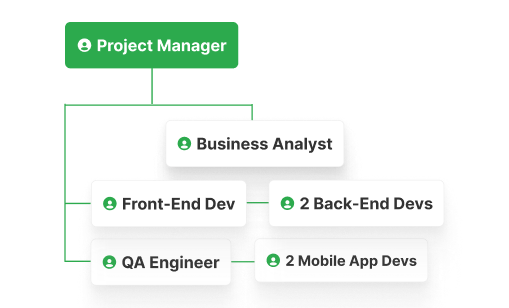
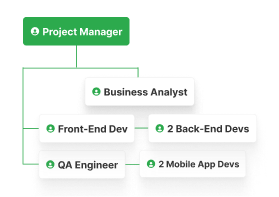
Engagement Model
Time & Materials
Tech stack
Client's Request
Give patients control over their own health data.
Patients no longer have to worry about losing access to their medical data. Their records are all in one place, and they can decide which providers can access and contribute to their EHRs/EMRs.
Ensure well-coordinated care.
The system provides a unified medical network with a single true version of each user’s data. Data storage, sharing, and updates are recorded and transparent to those with access.
The client was impressed by Itexus’ portfolio of diverse projects in the healthcare industry and felt confident in delegating the system development to our team, as the project was expanding and their in-house tech team didn’t possess the bandwidth to handle it on their own. After gaining the client’s trust, we were quickly able to accelerate the whole development process.
Solution Overview
Itexus started by building 2 key modules:
Patient module.
Once a user logs in and upload their medical records and family medical history, they gain full access to and control over their medical records, including the right to grant clinicians access to their EHRs/EMRs. They can also choose to revoke this access at any time.
Doctor module.
When a practitioner gets access to a patient’s EHRs/EMRs, they are instantaneously provided with a complete picture of the patient’s health condition and history. As long as they have access, they can make changes to the record (e.g., adding a new prescription), to make sure that the patient’s health data is kept updated.
The system ensures real-time data updates and synchronization via WebSocket connections. Once enough data has accumulated in the system, the plan is to use AI algorithms to further analyze patients’ health and genetic risk factors to make predictions (e.g., the likelihood of certain hereditary diseases) and provide subsequent recommendations for treatment.
Technical Solution Highlights
Tackling the fragmented nature of medical data
The solution is based on the FHIR STU 3/4 healthcare data exchange standard, published by the HL7 set of international standards for the transfer of clinical and administrative data. It connects with the leading EHR/EMR and lab information systems (eClinicalWorks, McKesson, Epic, and others – more than a dozen all in all) via APIs, to achieve maximum interoperability across healthcare institutions and ensure consistency across stored data.
Security
Our team implemented a solution wherein data is encrypted and kept anonymous in dispersed locations, meaning that even if someone intercepts a patient’s data, they will have no way to associate it with a real person.
To add further security, we backed up the installed security system with a HIPAA-compliant cloud infrastructure in the Microsoft Azure cloud.
Advanced Access Control Management
The granular access to the system is based on the FHIR standard and connected EHR/EMR systems: when a user has a medical appointment, the medical institution automatically sends an access request through the app, which the user must approve in order for the provider to view and make changes to their record.
Once a user approves a request, they receive a special PIN generated by the system. At the start of a session with a doctor, the user must enter this PIN into the app, which acts as a stand-in for their authentication and informed consent to grant their doctor time-limited access to their EHRs/EMRs.
At this point, the user’s EHR/EMR data becomes available to the doctor. All new data is automatically synchronized between the hospital and the system.
Results & Future Plans
The first version of the system has been made available to the first users. Beta testing is currently underway, and the client is working with hospitals to integrate the system and making efforts to raise the next round of funding.
The next version of the healthcare system will be enhanced with additional functionality, particularly regarding the integration of AI and predictive analytics of users’ health data.
Need to develop a similar project?
An automated, real-time trading system that allows administrators to configure trading strategies based on various technical indicators, and investors to invest their money in a selected strategy.
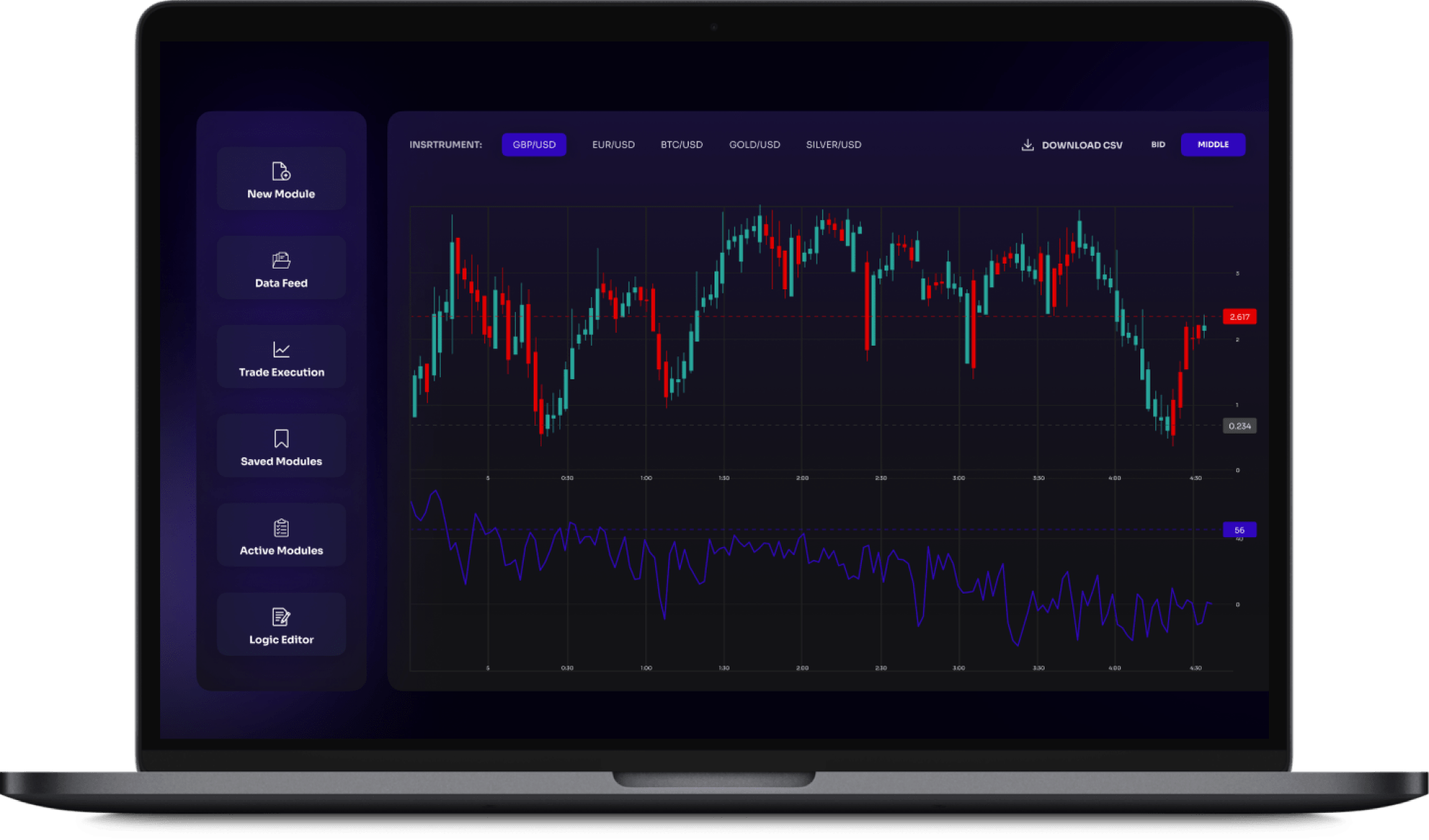
AI-based data analytical platform for wealth advisers and fund distributors that analyzes clients’ stock portfolios, transactions, quantitative market data, and uses NLP to process text data such as market news, research, CRM notes to generate personalized investment insights and recommendations.
